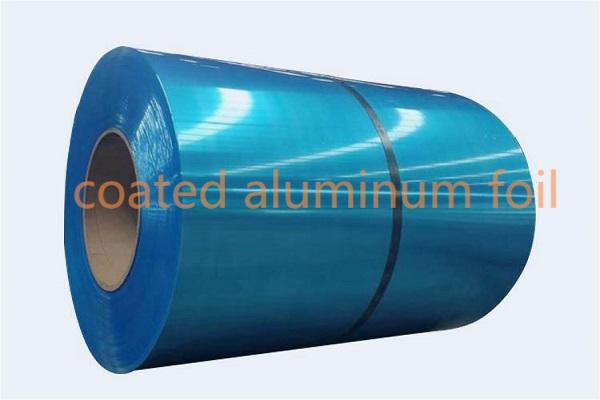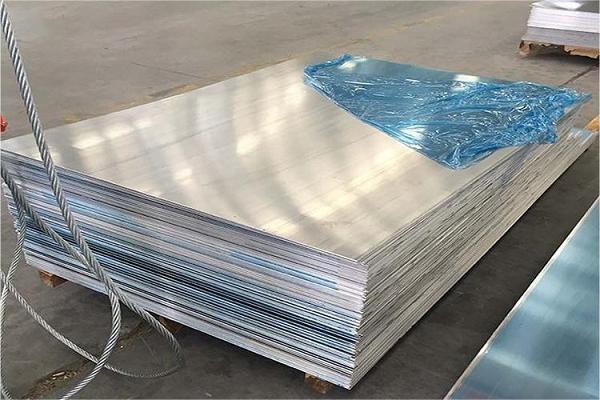Aluminium 6061 et 5083 are both popular aluminum alloys used in various applications. Here are the key differences between the two:
| Propriété | 6061 Plaque d'aluminium | 5083 Plaque d'aluminium |
|---|---|---|
| Composition de l'alliage | Aluminium, magnésium, silicium | Aluminium, magnésium, manganèse, chrome |
| Force | Force modérée | Haute résistance |
| Limite d'élasticité | Autour 40,000 psi (276 MPa) | Autour 30,000 psi (207 MPa) |
| Résistance à la traction | Autour 45,000 psi (310 MPa) | Autour 45,000 psi (310 MPa) |
| Résistance à la corrosion | Bonne résistance à la corrosion | Excellente résistance à la corrosion |
| Application Areas | Les composants structuraux, pièces automobiles, general machining, etc.. | Marine applications, construction navale, offshore structures, récipients sous pression, etc.. |
| Soudabilité | Bonne soudabilité | Bonne soudabilité |
- Composition de l'alliage:
- Aluminium 6061: It is an alloy composed of aluminum, magnésium, et du silicium. It has good formability, soudabilité, et résistance à la corrosion.
- Aluminium 5083: It is an alloy composed of aluminum, magnésium, and traces of manganese and chromium. It is known for its exceptional corrosion resistance and high strength.
- Force:
- Aluminium 6061: It has good strength properties, with a yield strength of around 40,000 psi (276 MPa) and a tensile strength of approximately 45,000 psi (310 MPa). It is commonly used in structural applications.
- Aluminium 5083: It is a high-strength alloy, with a yield strength of around 30,000 psi (207 MPa) and a tensile strength of approximately 45,000 psi (310 MPa). It is especially valued for its strength in marine environments.
- Résistance à la corrosion:
- Aluminium 6061: It has decent corrosion resistance, particularly when compared to other aluminum alloys. It forms a protective oxide layer on its surface, which helps resist corrosion.
- Aluminium 5083: It offers excellent corrosion resistance, particularly in saltwater and marine environments. It is highly resistant to corrosion caused by seawater and other aggressive chemicals.
- Application Areas:
- Aluminium 6061: It is commonly used in a wide range of applications, including structural components, pièces automobiles, cadres de vélo, electrical fittings, and general machining applications.
- Aluminium 5083: It is primarily used in marine applications, comme la construction navale, coques de bateaux, offshore structures, and other components exposed to saltwater and harsh environments. It is also utilized in pressure vessels, équipement de transport, and architectural elements.
- Soudabilité:
- Aluminium 6061: It has good weldability and can be easily welded using various techniques, including TIG (Tungsten Inert Gas) soudage et MIG (Metal Inert Gas) soudage.
- Aluminium 5083: It has good weldability, particularly when using the appropriate filler material. It is commonly welded using the MIG welding process.









Laisser une réponse